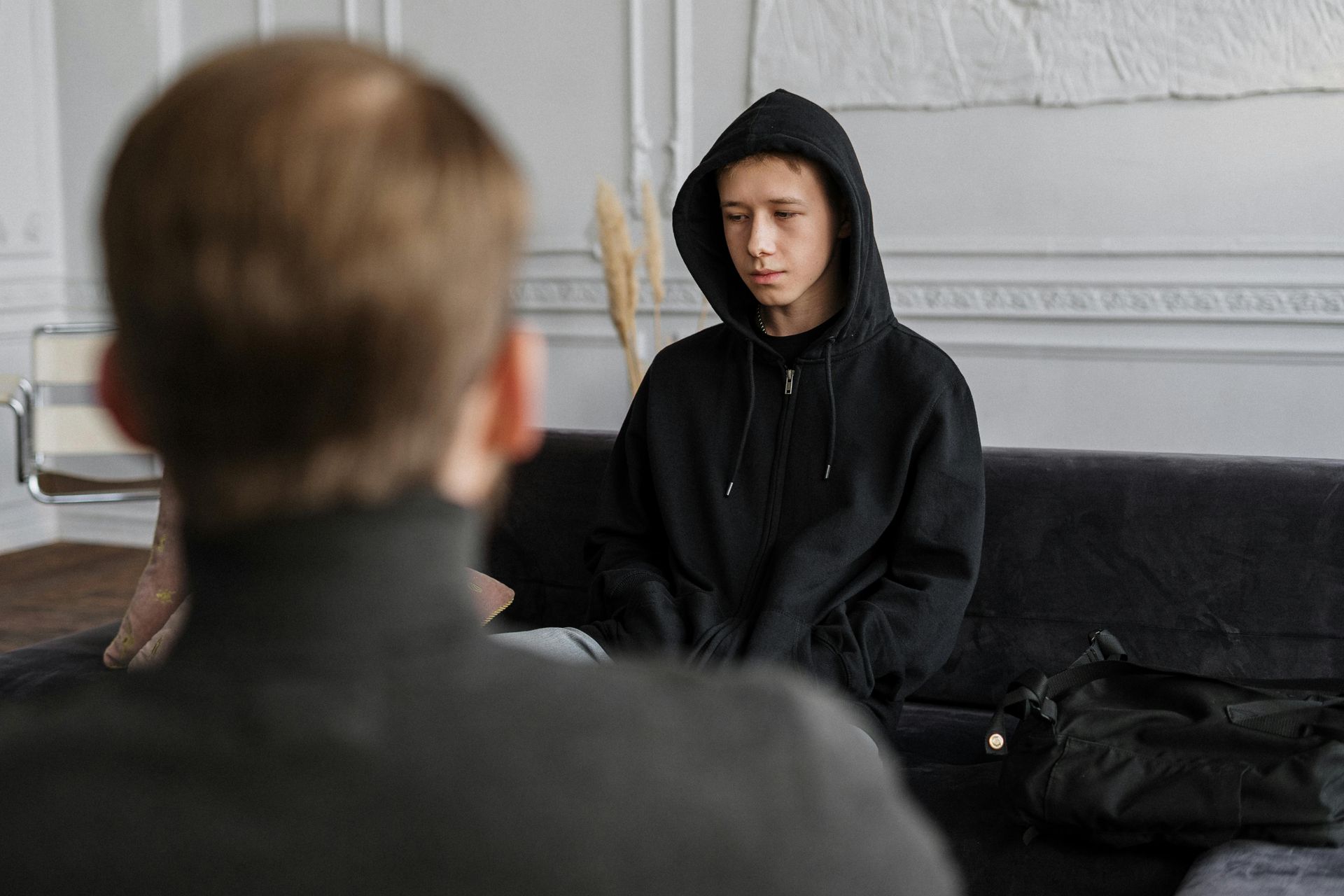Supporting Children and Teens in Grief
Grieving is a complex process, and children and teens often experience it differently from adults. Their understanding of death and their emotional responses can vary widely depending on their age, maturity, and circumstances. Supporting them through this journey requires patience, honesty, and compassion. While there is no single way to grieve, the following guidance can help provide comfort and stability during this difficult time.
Understanding and Acknowledging Grief

Creating Space for Expression and Stability
Because grief can be hard to put into words, children and teens often benefit from alternative outlets. Encourage them to share their feelings through drawing, journaling, music, or storytelling. For some, simply having a safe listener is enough. At the same time, providing structure and routine offers comfort. Keeping familiar schedules around school, meals, and daily activities helps restore a sense of normalcy and security during a period that feels uncertain. Creating opportunities for remembrance can also play a healing role. Memory boxes, photo albums, writing letters, or engaging in rituals like planting a tree can help children and teens honor their loved one in meaningful ways.

Offering Ongoing Support and Guidance

